Travel & Planning for New Destination Released. Free Shipping to Most Countries Around the World.
Free Shipping to Most Countries Around the World.
Who would have thought that just 180 steps from Hamburg’s Central Station stands a museum that rivals London’s V&A – a house of art and design holding over 600,000 objects across 10,000 square meters of exhibition space? The Museum für Kunst und Gewerbe Hamburg (MK&G / Museum of Art and Industry) is among Germany’s most important museums of art, craft, and design, with collections that span centuries and continents: European decorative arts, design, fashion, and graphic art; photography and new media; as well as Asian and classical antiquities.
Crossing its threshold is like stepping through a portal of contradictions – the entrance installation, a kinetic bloom of white canvas that rises and folds like a mechanical flower, hints at a world of industrial rhythm. Yet one flight up, the atmosphere shifts entirely: the “Glitter” exhibition gleams like the inside of a dream, part disco, part daydream. I had never seen a museum quite so mercurial. The exhibitions on view that day seemed to have no logical connection, and yet that was precisely the charm.
One gallery displayed antique musical instruments – pianos, violins, and wind instruments – the quiet witnesses of another age. Another housed the Asian art collection: porcelain commissioned by the Kangxi Emperor, painted terracotta ladies, and Edo-period woodblock prints such as The Great Wave from Thirty-Six Views of Mount Fuji and its avian counterpart, Hawk in the Snow. (Best not to ask exactly how these treasures made their way to Germany…) Elsewhere were the stalwarts of any European art museum – sculpture, oil painting, prints, export porcelain – and a series of transitional rooms showcasing modern German furniture design. The museum was endlessly walkable, a place that rewarded curiosity at every turn, well worth more than the price of admission.
The pink-hued installation in the photograph is Jenny Schäfer’s Every Night in My Dreams – a recreation of a teenager’s bedroom, sparkling with the trappings of youth culture and fantasy. This carefully staged interior folds together generations of lived experience, subcultures and pop influences, technological trends and evolving ideals of beauty. Every element reflects the imagined resident’s passions, beliefs, and daily habits, while revealing how the smallest details can pulse with meaning. Next came an entire wall pasted with contributions from visitors – their own “glittering” creations, invited and assembled by the curators as part of the exhibition’s participatory spirit.
The carved wooden Guanyin, easily recognizable, sits in serene majesty upon a rock in the Pure Land of Mount Potalaka, gazing, according to traditional iconography, at the reflection of the moon in the water below. The small Buddha in her crown represents Amitābha. Nearby, a terracotta Madonna and Child – titled Maria mit dem Kind and created by Andrea della Robbia – recalls the medieval belief that the Virgin Mary herself was conceived without sin. And there, gleaming softly, stands a Louis XVI candelabrum attributed to the master metalsmith André Antoine Ravrio – an exemplar of graceful Neoclassicism. Objects like this once adorned the royal palaces of Europe, created for kings and courtiers who sought elegance in every detail.
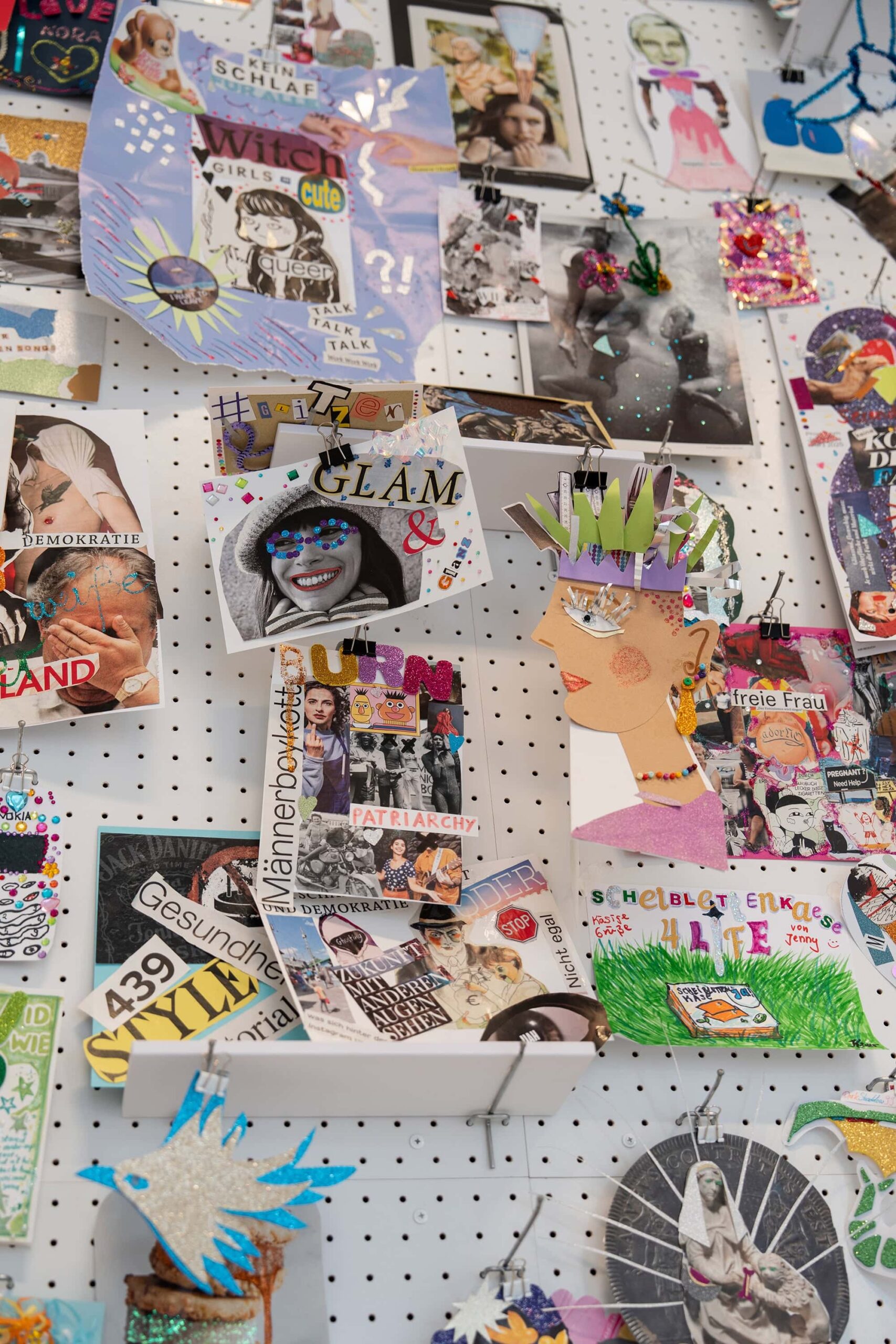
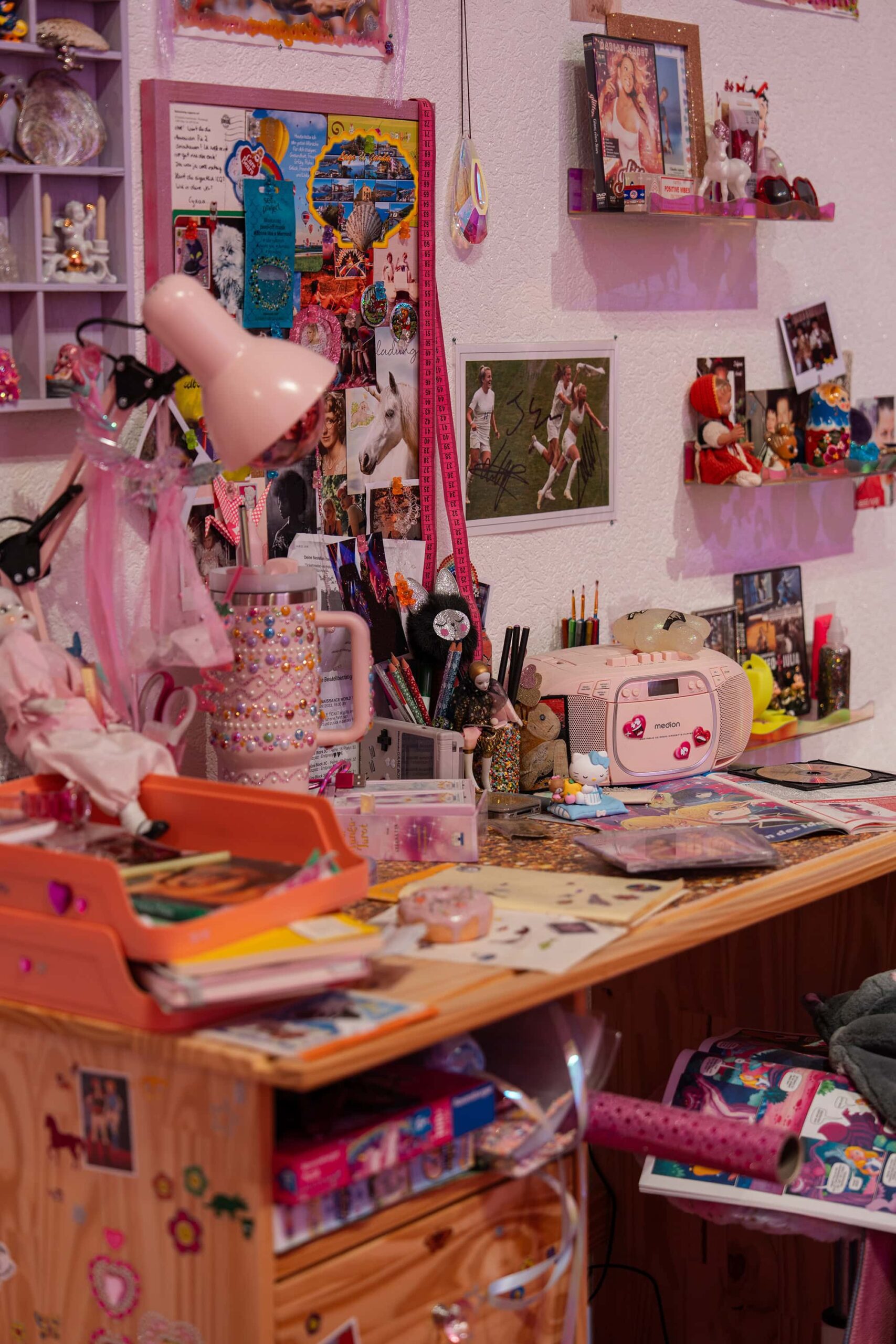
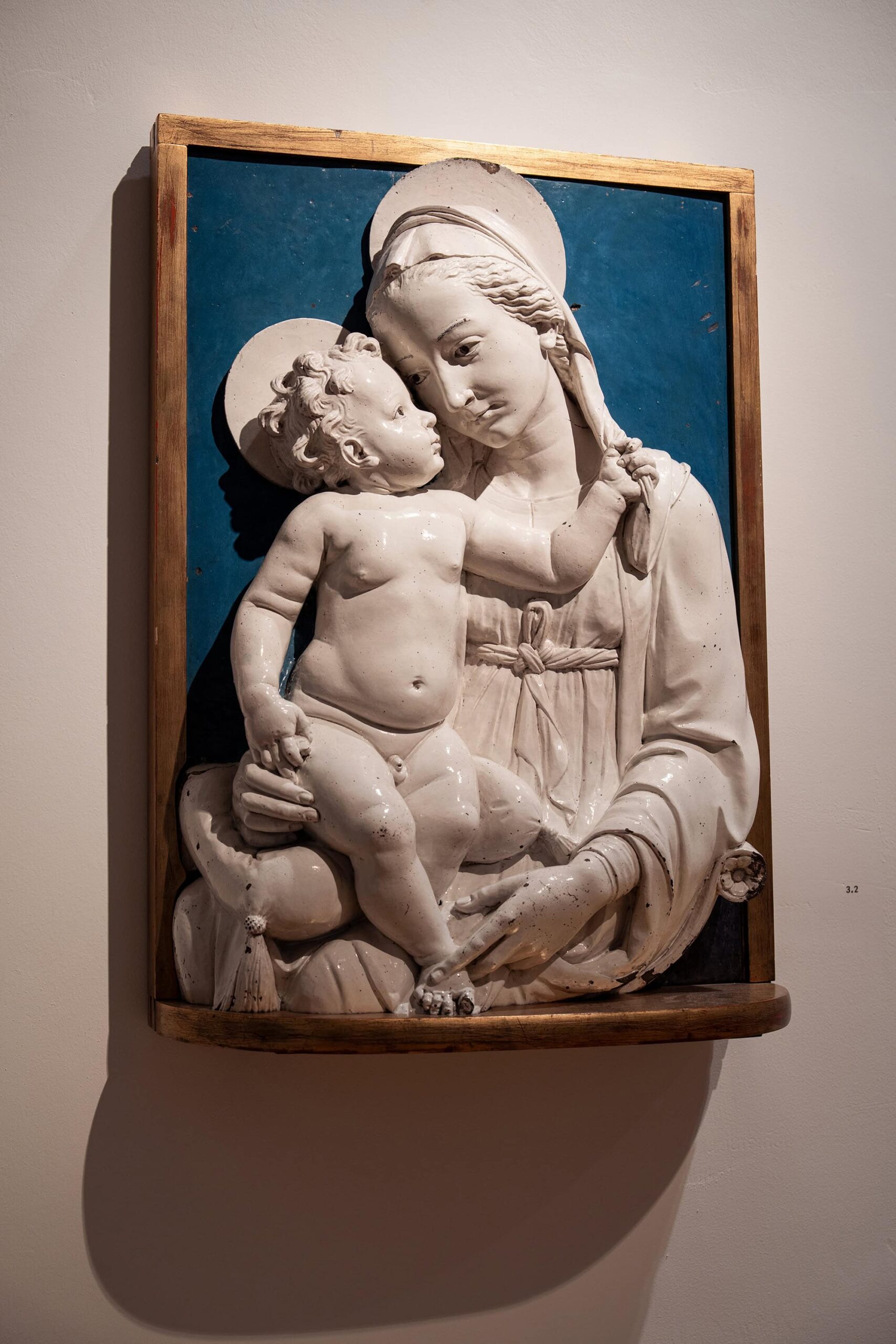
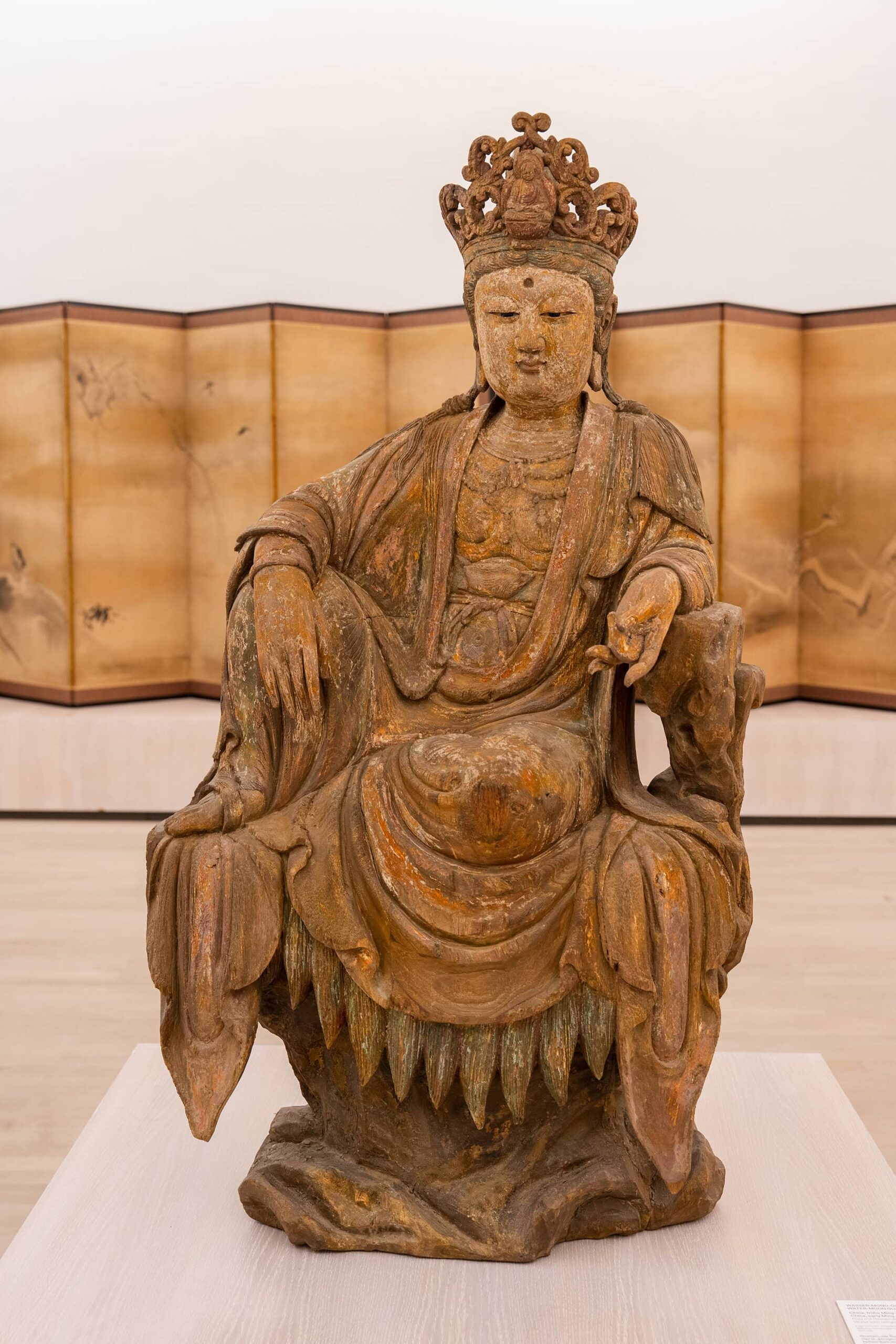
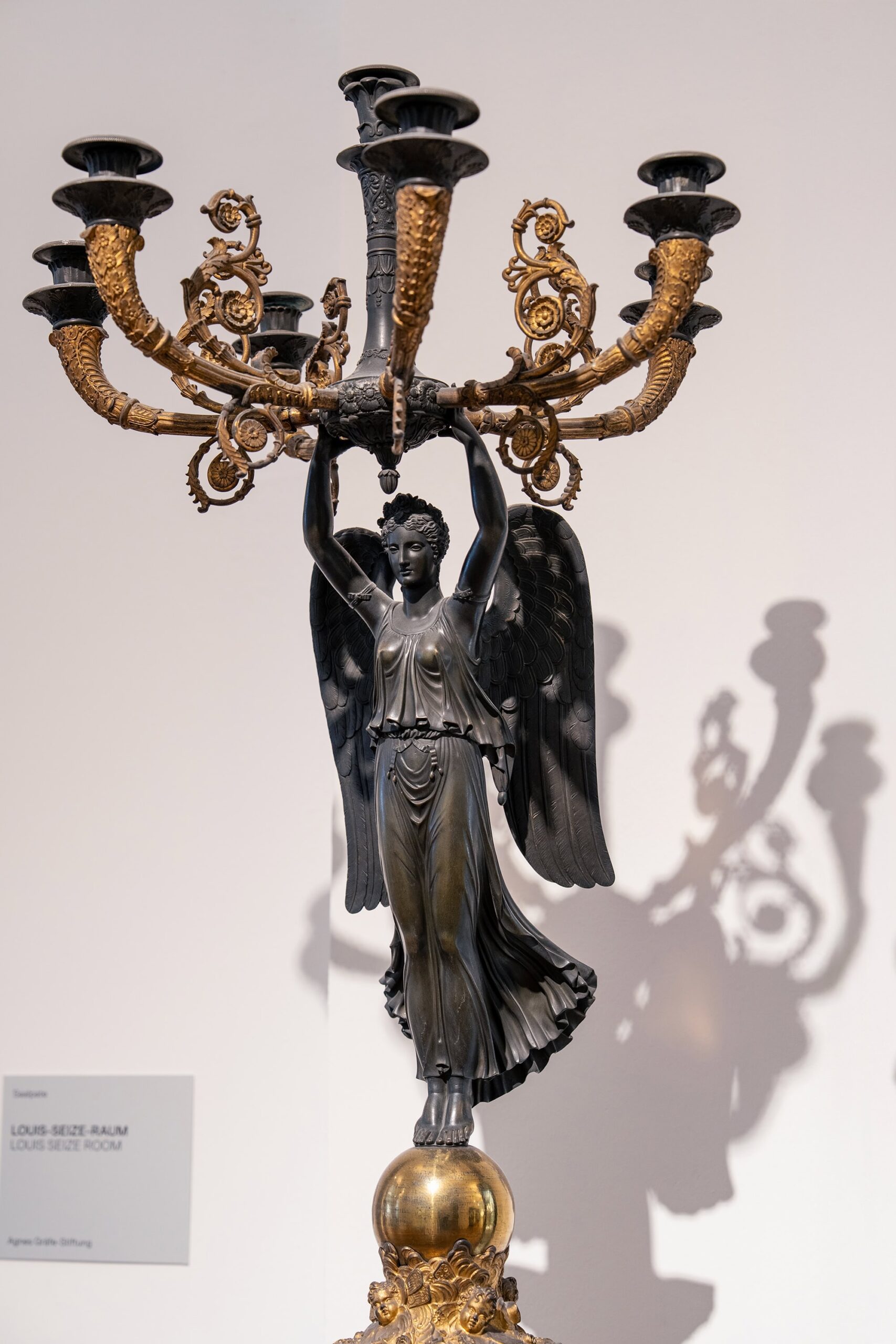
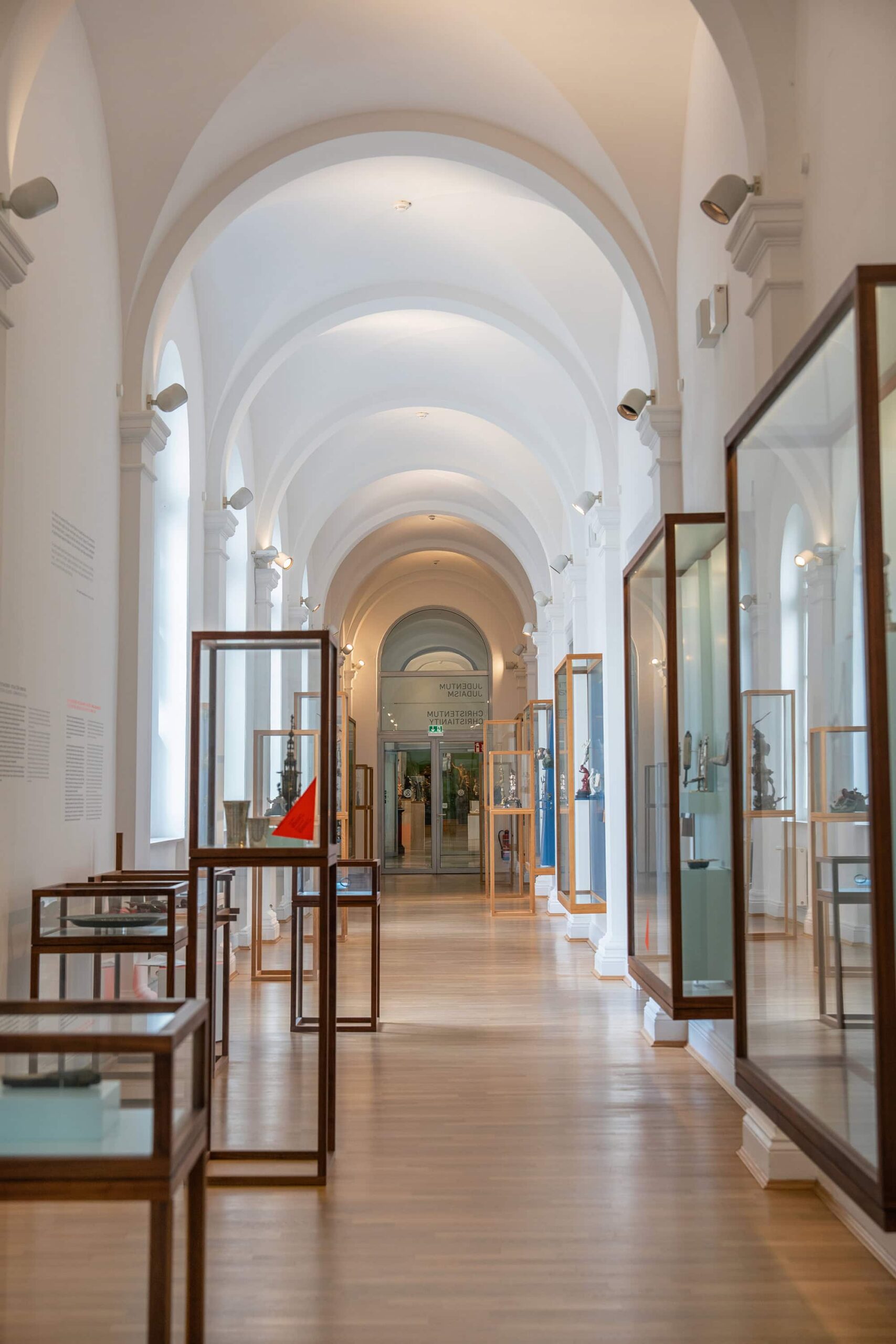






We use cookies to optimize your experience, analyze usage, and personalize content. Your continued browsing indicates consent to our cookie usage and the sharing of site interaction data with our marketing and analytics partners.